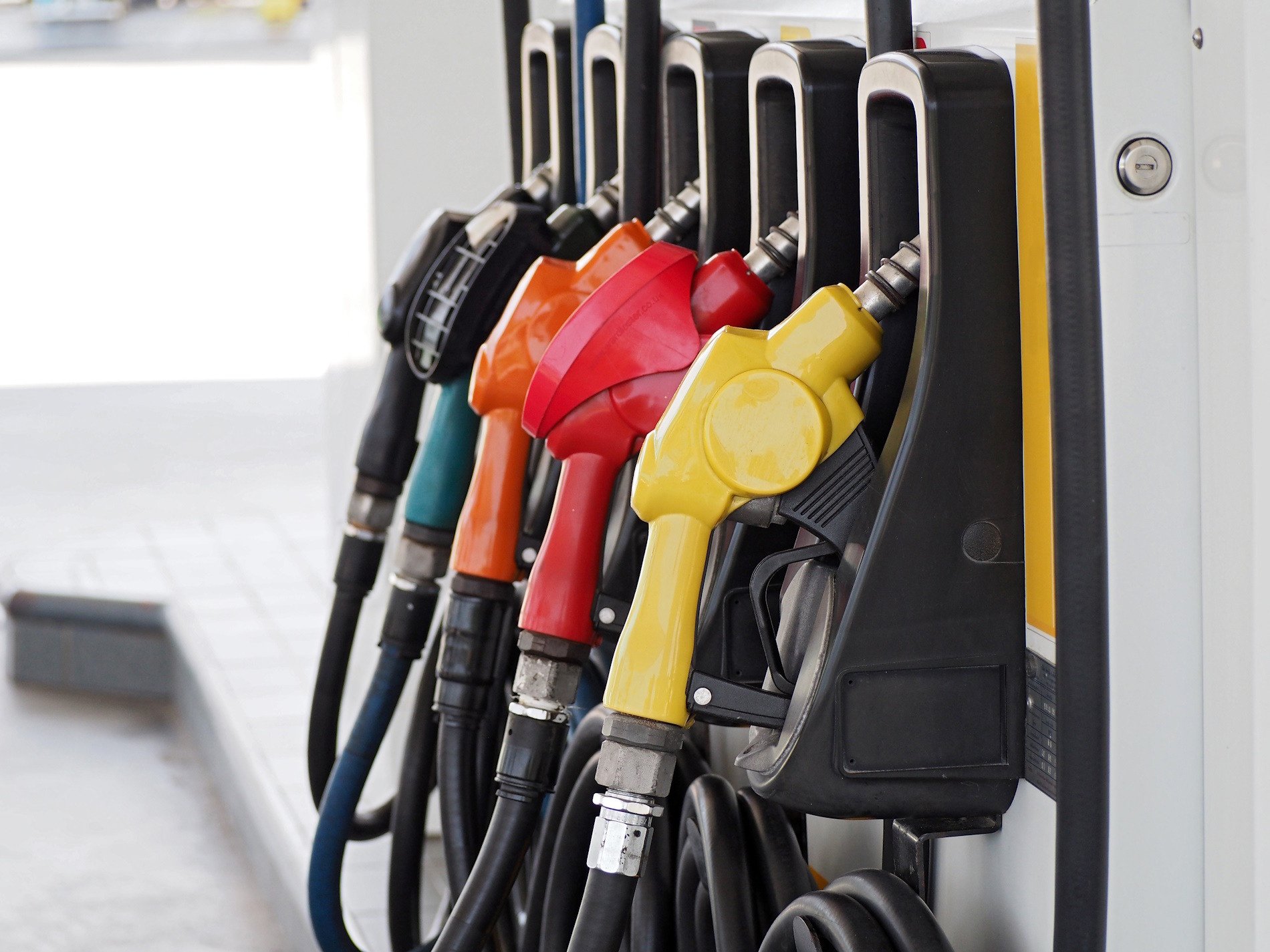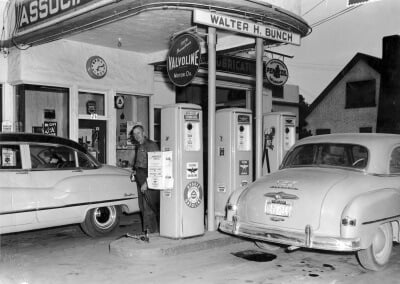How to know if you've got engine deposits
Automotive research has consistently shown that not having enough detergency in your gasoline leads to engine deposits that result in all kinds of...
2 min read
Erik Bjornstad : Mar 31 2017
Change is coming and it could be rather revolutionary. We’re talking about gas-powered engines and the reports of a new technology that could dramatically change their future and the future of drivers.
Diesel engines had their own design revolution when the common-rail injection system became the dominant diesel technology about ten years ago. Today’s diesel engines are light years ahead of older models when it comes to combining more power and performance with markedly lower emissions. But it required a paradigm shift in their design – the invention of a system that would allow diesel engines to change when and how diesel fuel was injected into each cylinder. Comparing common rail diesel engines now to older diesel engines, there’s no way we would ever go back. We had a paradigm shift.
One of those might be coming for gas-powered engines now. The biggest distinction between gas and diesel engines used to be that of spark vs. compression ignition. Gas engines use a spark plug to initiate fuel combustion. Diesel engines don’t use an electric spark, but rely on the compression of the fuel-air mixture to generate heat needed to cause the mixture to self-ignite at the right time. In general, this compression ignition design is a more efficient engine design.
Reports are coming that Mazda engineers are ready to introduce the first modern gasoline engines that work on the compression ignition model. They don’t use an electronic spark plug to ignite the fuel. They’re calling this new engine design the HCCI or Homogenous Charge Combustion Ignition. Test results seem to show that they could deliver 30% better fuel economy and significantly better emissions performance.
HCCI has been in the works for a few years now but there were several nuts that engineers had found really difficult to crack. The precise timing of the combustion was an engineering challenge, as was the issue of cold starting of the engine. Eventually, automotive engineers figured out that they could use “part-time” spark plugs that only work at certain times like high load situations. So in reality, that makes these engines kind of like hybrid engines (where the engine only uses gas a fraction of the time).
Given how the fuel economy standards from the Federal Government are supposed to increase to something like 50 mpg by 2025 (though no words on whether the Trump Administration will change that), this is the kind of major innovation that the automotive industry needs to come up with to meet that challenge.

Automotive research has consistently shown that not having enough detergency in your gasoline leads to engine deposits that result in all kinds of...

Most people think that higher octane in gasoline supercharges the combustion in an engine cylinder, giving them additional power and performance. It...

What was gas like back in the day when antique cars were in their prime?